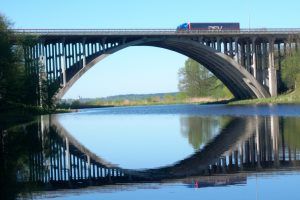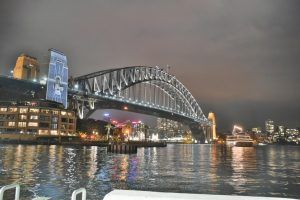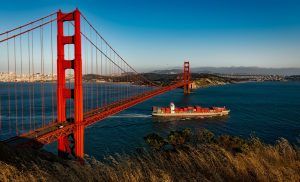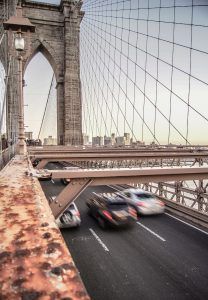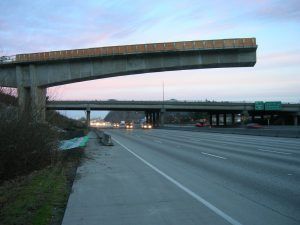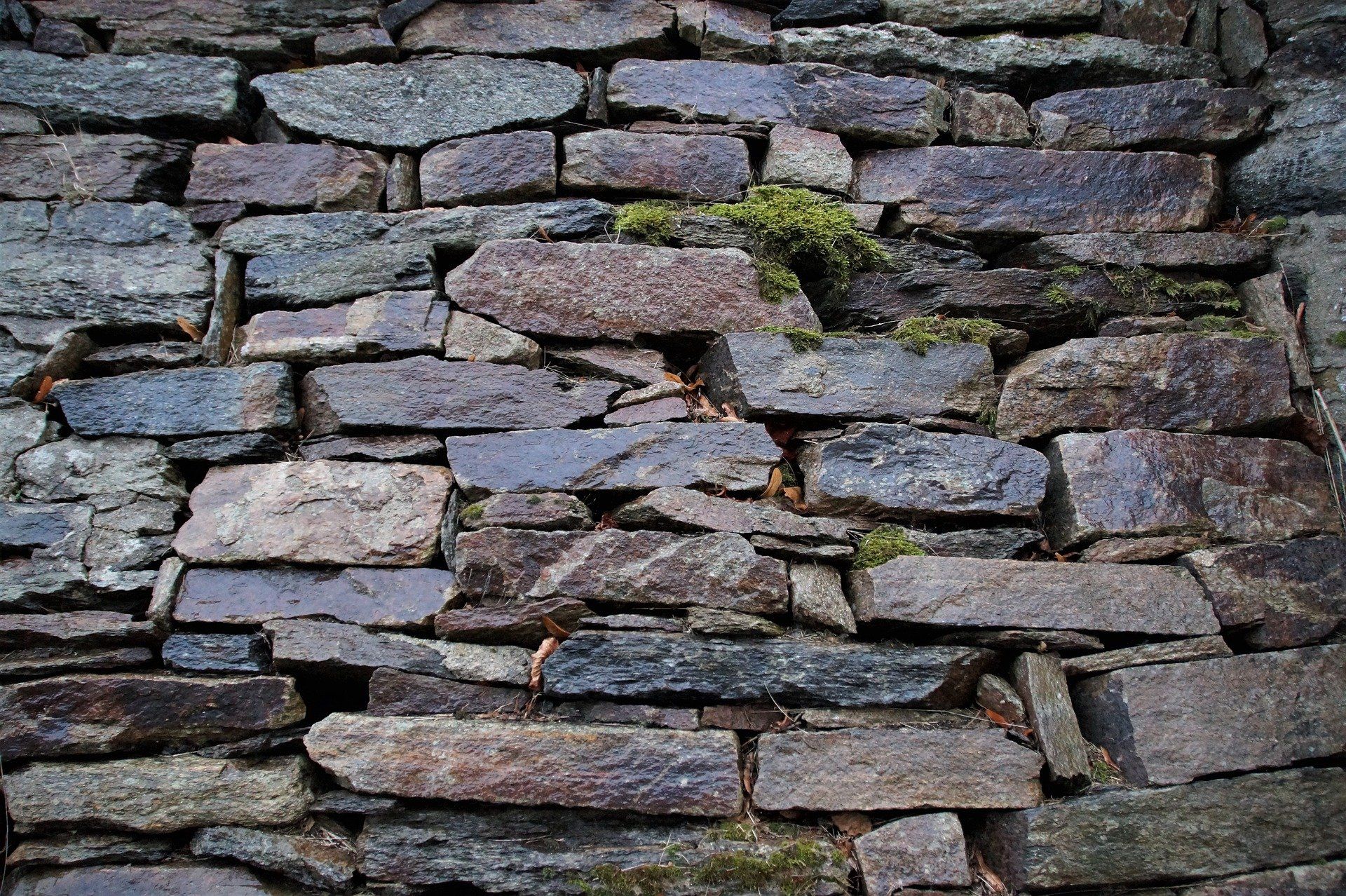Davron Engineering, a Wollongong Engineering
firm in the Illawarra
is a leader in both civil engineering
and structural engineer. Within structural engineering
are specialities
such as bridge engineering.
Davron Engineering
provides structural consulting
which extends to bridge repairs and below have put together facts that they take into consideration when consulting.
Why a bridge?
Why a bridge?
All bridges are designed to allow loads to cross obstacles such as a body of water, valley, or road for the purpose of providing passage over the obstacle. Bridges have solved so many problems of transportation and helping people travel more conveniently from place to place.
Structural engineers
go through several steps before even coming up with ideas for their final designs.
What is involved when designing a bridge?
What is involved when designing a bridge?
The engineering
process of designing a bridge broken down into three simple steps.
- Identifying the problem – First and foremost, engineers must understand the problem needing to be solved which includes the complexities of the site and the customer needs.
- Determining potential bridge loads – what types of loads or forces they expect the bridge to carry. Loads might include traffic ie trains, trucks, people, cars. Other loads might be from the natural environment ie snow, winds, rushing water, earthquakes.
- Designing the bridge – After having calculated the largest anticipated force from all the possible load combinations, engineers use mathematical equations to calculate the amount of material required to resist the loads, design ideas would accommodate the anticipated loads and amount of material needed.
The Beam
The Beam
Beam bridges
are the simplest structural forms and is basically a rigid horizontal structure that rest on two piers, one located at each end of the bridge. The simplest beam bridge could be a log or a wood plank laid across a stream.
The beam bridges can be made longer by placing piers or towers in the middle of the bridge to support the beam structure.
The Arch
The Arch
Arch bridges have great natural strength and are the most popular in bridge design. The curved design does not push load forces straight down, but instead, they are conveyed along the curve of the arch to the supports on each end. These supports (called abutments) carry the load of entire bridge and are responsible for holding the arch in the precise position unmoving position.
The Truss
The Truss
Truss bridges are a type of bridge design that uses multiple triangles to support very heavy loads. The design provides support for the entire bridge and gives strength making it ideal for very high traffic and heavy load areas. The Sydney Harbour Bridge is one of the most famous truss bridges.
The Suspension (Or Cable)
The Suspension (Or Cable)
A suspension bridge is a type of bridge in which the deck (the load-bearing portion) is hung and the traffic-carrying deck is supported by a series of wire ropes that hang from massive cables draped between tall towers. Suspension bridges are very strong and nowadays are the world’s longest bridge type. The Brooklyn Bridge in New York City and the Golden Gate Bridge in San Francisco are two of the most famous suspension bridges.
The Cantilever
The Cantilever
The cantilever bridge
is only supported on one end which makes it easier to build at difficult crossings as they do not need to be supported during the construction. The main elements of a Cantilever bridge are cantilevers (structures that are anchored at only one end while the other projects horizontally into space).
Civil engineers
are creative people who solve problems. They come up with lots of ideas and then turn them into real things for people around the world to use. Bridges are no exception to this and have produced some of the most awe inspiring civil engineering
wonders and construction projects throughout time.
If you need a structural consulting service
for your project call and speak to a friendly adviser at Wollongong Engineering, Davron Engineering
on 02 4271 4114.





